Burnout doesn’t just affect your mind: Discover the physical signs of burnout you shouldn’t ignore anymore.
Burnout syndrome goes beyond emotional exhaustion; it often manifests itself first through the body. Frequent pain, persistent insomnia, or fatigue that doesn’t go away after rest are some of the most common physical signs of chronic job exhaustion, a problem that affects millions of workers in Mexico and Latin America.
According to data from the World Health Organization ( WHO), burnout is a phenomenon associated with the workplace. A Gallup report reveals that 44% of employees in the region experience high levels of stress, with managers being the most affected (47%), followed closely by operational workers (42%).
Those who work exclusively from home or in person report higher levels of burnout (45%) compared to those with hybrid arrangements (42%).
The physical signs of burnout often go unnoticed or are minimized as consequences of the pace of life. However, if these symptoms appear frequently, they could indicate severe job burnout:
- Constant headache or muscle pain
- Intense tiredness even after a good night’s sleep
- Digestive disorders without apparent cause
- Insomnia or interrupted sleep
- Palpitations, chest pressure, or shortness of breath
- Sudden changes in mood, such as apathy or irritability
How to prevent burnout?
Mental health and talent management experts emphasize that burnout isn’t resolved with a simple weekend break. Prevention requires structural and personal changes that promote a balance between work and mental health. Some key strategies include:
- Incorporate active breaks during the day
- Delegate tasks according to individual strengths
- Promote workspaces that prioritize emotional well-being
- Apply techniques such as mindfulness or career coaching
- Promoting a supportive culture led by empathetic leaders
“The best medicine is to have at least 50% of your tasks match your natural talents,” says Ana Estrada, an organizational wellness specialist.
The culture of well-being: a task for leaders and companies
Salvador de Antuñano, general manager of Adecco Mexico, emphasizes the importance of evaluating and redistributing workloads to reduce the impact of burnout. Christian Rico of Gi Group Holding, meanwhile, suggests offering benefits that allow employees to disconnect and recharge. Yunue Cárdenas, CEO of Menthalising, emphasizes the need to create spaces where active breaks and self-care are an integral part of the organizational culture.
Chronic burnout isn’t a sign of laziness, but rather a signal that your body and mind are at their limit. If left untreated, it can lead to disorders such as anxiety, depression, or serious physical problems. Heeding these warnings early is essential to preserving your health and regaining personal and professional balance.








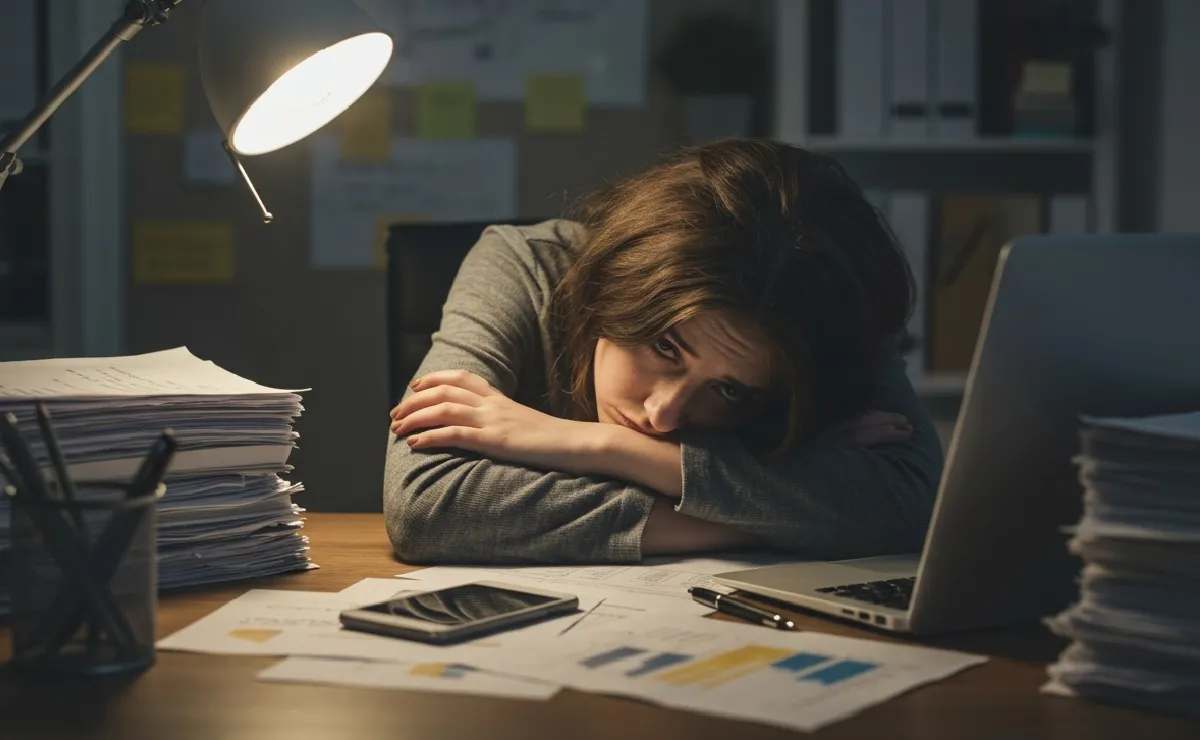

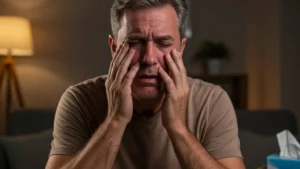







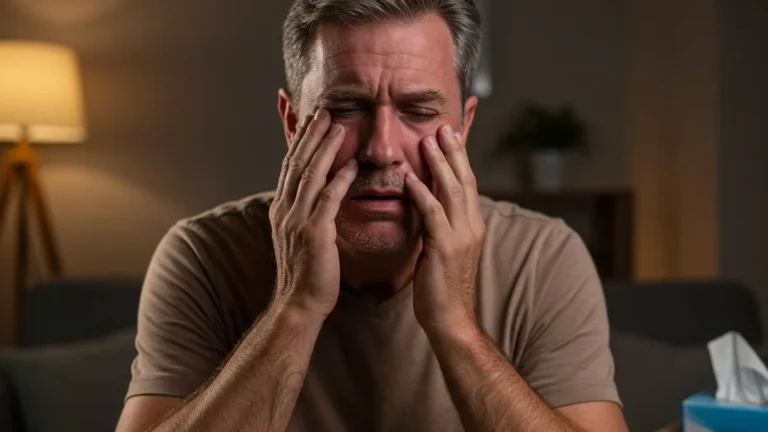

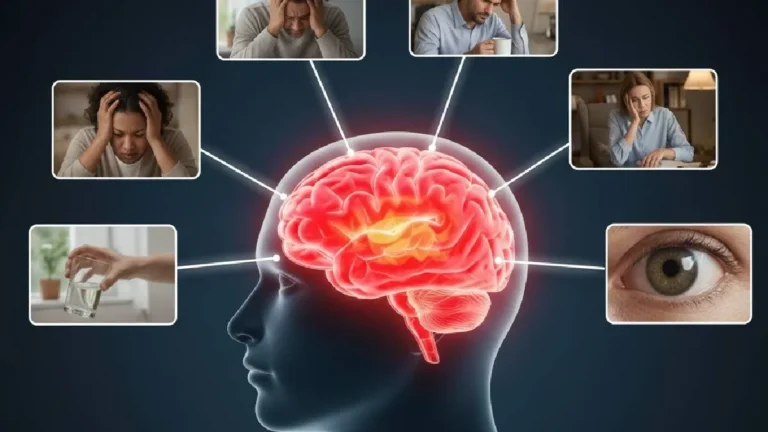

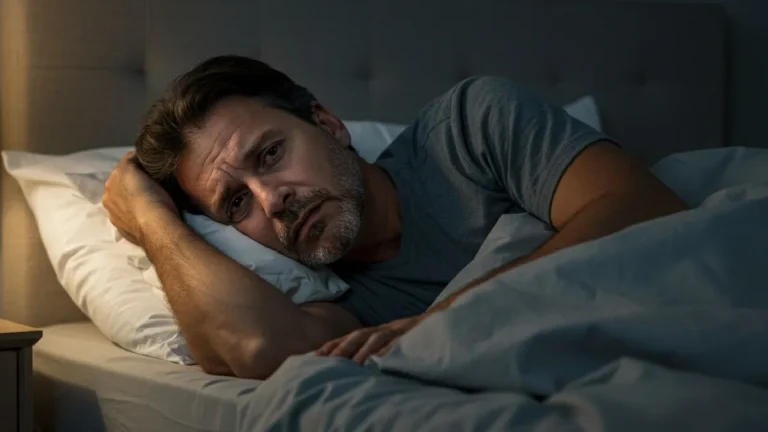
+ There are no comments
Add yours